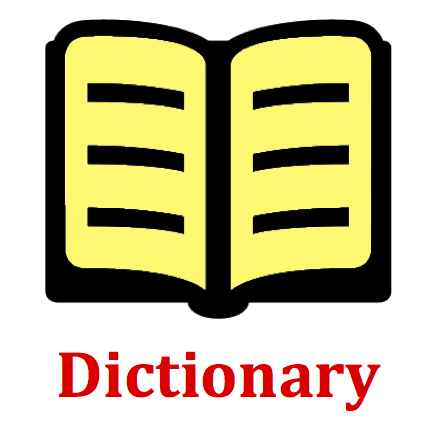Hold down the T key for 3 seconds to activate the audio accessibility mode, at which point you can click the K key to pause and resume audio. Useful for the Check Your Understanding and See Answers.
Mission SM2 Characteristics of Sound Waves - Question Group 3 Help

A sound wave is traveling through a medium. The diagram below depicts the presence and location of the particles at a given instant in time. Utilize the ruler to determine the best approximation of the wavelength of the wave. The wavelength is ____ units.

As a sound wave travels through a medium, particles of the medium undergo vibrations about their resting position in a direction that is parallel (and anti-parallel) to the direction the wave moves. This longitudinal motion results in the formation of compressions and rarefactions. The diagram represents the location of the particles of the medium at a given instant in time. The familiar pattern of alternating compressions and rarefactions are clearly seen in the diagram.

The wavelength of a wave is the length of the wave or repeating wave segment. For transverse waves, it is often represented as the distance from a crest to the next adjacent crest. For longitudinal waves, it is often represented as the distance from a compression to the next adjacent compression.

A centimeter ruler is provided on the diagram to assist in measuring the length of the repeating pattern. Starting in the middle of any of the compressions, measure to the next adjacent compression. The distance from compression to compression is the wavelength. One wise measurement strategy is to make a two or more measurements to insure that you have the same approximate measurement of wavelength. Pick the closest answer; and if none of the answers are even close, you might try measuring again.
